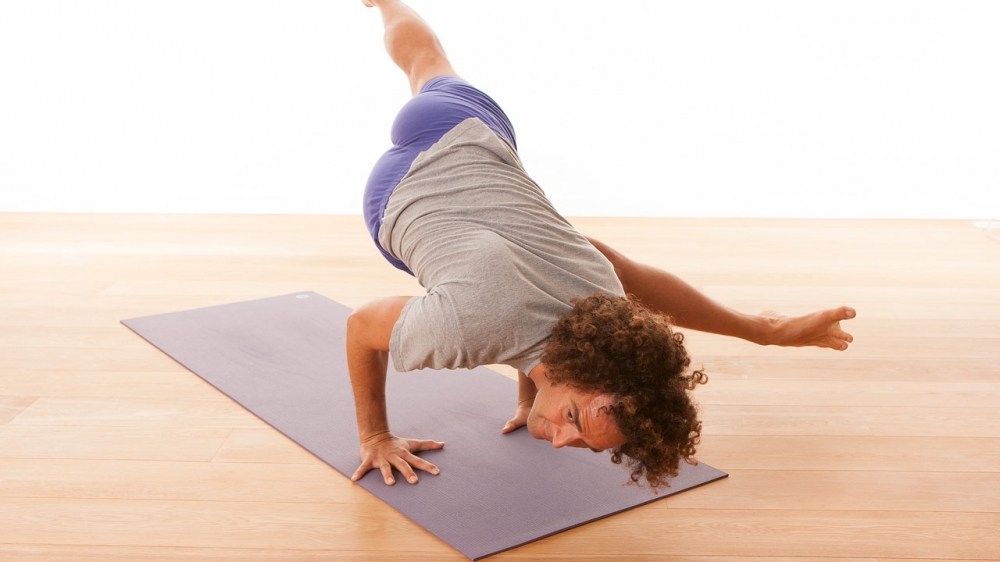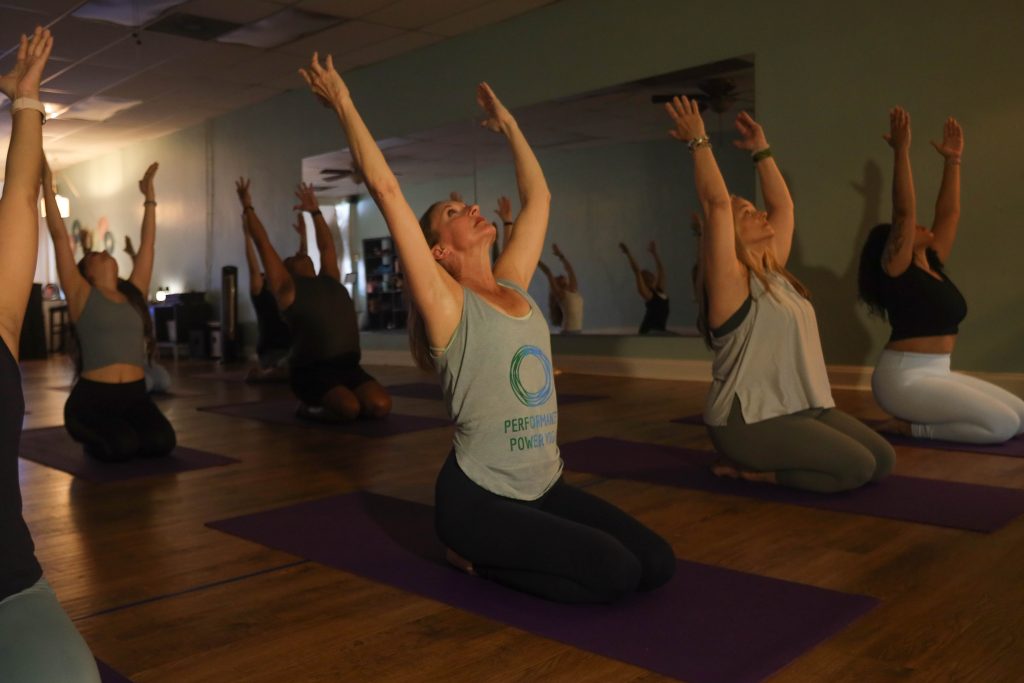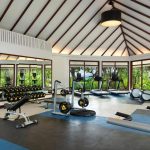I. Introduction

Setting a physical fitness goal is incredibly important for anyone looking to improve their overall health and well-being. Whether it’s wanting to lose weight, increase strength, or improve endurance, having a goal gives you a clear direction and purpose for your fitness journey. In this blog post, we will explore the significance of goal setting, particularly in the context of physical fitness, and the importance of taking that first step towards defining and working towards your goals.
II. Understanding Your Current Fitness Level
Before diving into setting a fitness goal, it is crucial to understand your current fitness level. This will help you identify where you currently stand and provide a baseline for setting realistic and achievable goals. Taking the time to assess your physical strength and stamina, evaluate your cardiovascular endurance, measure your muscular strength and endurance, and determine your flexibility and mobility are all important steps in this process.
A. Assessing Physical Strength and Stamina
Physical strength and stamina are fundamental components of overall fitness. Assessing your strength involves determining how much weight or resistance you can lift or push, while stamina examines your ability to sustain physical activity over a prolonged period. Testing your strength and stamina can be done through activities such as weight lifting, push-ups, or running for a set distance or time.
B. Evaluating Cardiovascular Endurance
Cardiovascular endurance refers to the ability of your heart and lungs to supply oxygen and nutrients efficiently to your muscles during prolonged exercise. It is a crucial aspect of fitness as it enables you to engage in activities that require a sustained effort over time. Tests such as the Cooper Run/Walk Test or the 12-minute run can help evaluate your cardiovascular endurance by measuring how far you can run in a given time.
C. Measuring Muscular Strength and Endurance
Muscular strength and endurance are essential for daily activities and overall functionality. Strength is the ability to exert force against resistance, while endurance is the capacity to perform repeated movements or hold a position for an extended period without fatigue. Assessing muscular strength can be done through exercises like squats, deadlifts, or bench presses, while endurance can be measured by exercises like planks, push-ups, or wall sits.
D. Determining Flexibility and Mobility
Flexibility and mobility play a crucial role in preventing injuries and enhancing overall physical performance. Proper range of motion in joints and muscles allows for optimized movement patterns and reduces the risk of muscle strains or joint sprains. Simple tests such as the sit-and-reach test or hip and shoulder mobility assessments can provide insights into your current flexibility and mobility levels.
III. Defining Your Fitness Goal

Once you have a clear understanding of your current fitness level, it’s time to define your fitness goal. This involves setting realistic and achievable objectives that align with your aspirations, capabilities, and resources. It is essential to ensure that your goals are specific, measurable, attainable, relevant, and time-bound (SMART goals) to increase your chances of success.
A. Setting Realistic and Achievable Goals
Setting realistic and achievable goals is crucial to maintain motivation and avoid frustration or disappointment. It’s important to consider factors such as your current fitness level, lifestyle constraints, and available resources when setting your fitness goals. Instead of aiming for drastic changes overnight, focus on gradual progress and sustainable habits that can be incorporated into your everyday life.
B. Identifying the Motivation Behind Your Goal

Identifying the motivation behind your fitness goal is vital for long-term success. Different individuals may have intrinsic or extrinsic factors driving their fitness aspirations. Intrinsic motivations come from within, such as the desire to improve personal well-being or achieve a sense of accomplishment. Extrinsic motivations, on the other hand, stem from external rewards or recognition, such as fitting into a specific clothing size or impressing others. Understanding your motivation can help you stay focused and committed when faced with challenges along the way.
IV. Creating an Action Plan
A. Breaking Down Your Goal into Milestones
Achieving your fitness goals requires planning and organization. One effective way to approach this is by breaking down your overall goal into smaller, manageable milestones. By doing so, you can create a step-by-step plan that will keep you motivated and focused throughout your fitness journey.
The first step is to clearly define your ultimate fitness goal. Whether you want to lose weight, build muscle, or improve your overall well-being, it’s important to have a specific objective in mind. Once you have established this, you can start breaking it down into smaller milestones.
For example, if your goal is to lose 20 pounds in six months, you can set milestones of losing 2 pounds per month. This way, you have a clear target each month and can work steadily towards your ultimate goal.
To ensure that you stay on track, it is essential to assign specific timelines for each milestone. This will help you stay accountable and measure your progress along the way. You can use a calendar or an app to mark your milestones and deadlines, making it easier to stay focused and motivated.
B. Selecting Suitable Exercise Methods and Activities

Choosing the right exercise methods and activities is crucial in achieving your fitness goals. It is important to select exercises that align with your goal and cater to your personal preferences and interests. This way, you will be more likely to stick with your fitness routine in the long term.
Consider your ultimate fitness goal and identify exercises that are known to be effective in achieving that goal. For example, if your goal is to build strength and muscle, incorporating weightlifting exercises into your routine would be beneficial. On the other hand, if your goal is to improve cardiovascular health, activities such as running or cycling would be ideal.
Additionally, it is important to consider your personal preferences and interests when selecting exercises. If you enjoy group activities, joining a fitness class or sports team can help keep you motivated and engaged. On the other hand, if you prefer solitary activities, activities such as swimming or hiking can provide the physical benefits while allowing you to enjoy time alone.
By choosing exercises that align with your goal and match your interests, you are more likely to enjoy your workouts and stay committed to your fitness journey.
C. Seeking Professional Guidance and Support
While it is possible to create a fitness plan on your own, seeking professional guidance and support can greatly enhance your progress and success. Consulting with a fitness professional or personal trainer can provide you with expert advice tailored to your specific goals and needs.
A fitness professional or personal trainer can assess your current fitness level, create a personalized workout plan, and provide guidance on proper form and technique. They can also help you set realistic and achievable milestones, and provide ongoing support and motivation throughout your fitness journey.
In addition to professional guidance, finding support from others who share similar goals can be incredibly beneficial. Joining fitness groups or finding a workout buddy can provide accountability, motivation, and a sense of camaraderie. Sharing your challenges and successes with others can make the journey more enjoyable and increase your chances of sticking to your plan.
In conclusion, creating an action plan is crucial for achieving your fitness goals. Breaking down your goals into milestones, selecting suitable exercise methods, seeking professional guidance, and tracking your progress are all essential steps in your journey. By continuously monitoring your progress and adapting your action plan as needed, you can stay motivated, focused, and on track to reaching your fitness goals.



